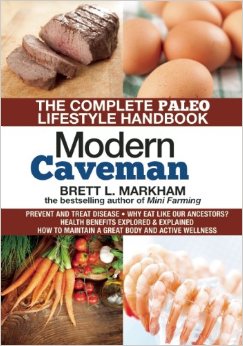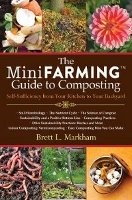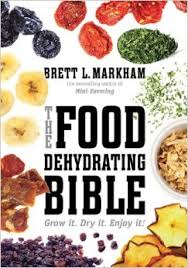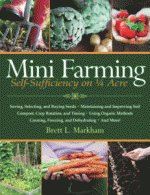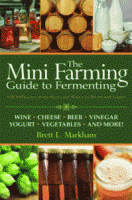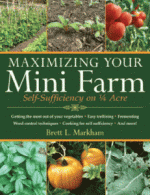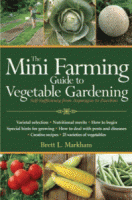In case the title didn’t give it away, this is Brett’s little sister, Carole again. To be honest, I like things to be pretty. My yard, my garden, and my food. Let’s face it. Life can be hard. There’s nothing wrong with rejuvenating the spirit with a little whimsey and beauty now and then. I have a little side gig officiating and decorating for weddings, and by far the favorite cakes have been the ones bakers left plain so that they could be decorated with real flowers.
The obvious reason for planting flowers is to attract and feed pollinators. The plight of the bees and butterflies has not gone unnoticed, so it is becoming more encouraged to plant “pollinator gardens”. My Stepford-like neighbors disagree, and find my colorful yard full of dandelions and a wide variety of flowers in various stages, ( including the ugly stages at the end) rather troublesome. It does look a bit like the flower fairies have run amuck. I’ve even gotten a few notes in my mailbox to tidy up my yard. I did not respond with transplanting stinging nettle into their path. I’m trying to be a good human. I did put up my wildlife habitat sign and resolve to add some riotously beautiful rain gardens to my ditch this next spring.
The real reason I have, (or originally planted) all of my flowers was not intentionally for the bees. I love seeing the bees and butterflies, but I planted most of them for their medicinal properties, and a few to add some pizzazz to salads and things. I also add certain flowers, like marigolds, strategically placed in pots and around my raised beds, for natural pest control.
I am going to give you some info about a few of my favorite edible flowers, and a few flowers to add to the garden for medicinal reasons.
* Nasturtium- Super easy to grow from seed. I usually nick the seed and put in water for a day, then plant, because I am inpatient, and it gives me super quick results. They come in ranges of gold, orange and red and have a slightly peppery taste. They make a beautiful addition to salads or as a garnish.
* Calendula- these are also easy to grow by seed. I plant practically a whole field of these, because I use them medicinally in salves as well. The petals are pretty, mildly flavored, and can be used almost anywhere. They also are known for skin soothing properties, and when mixed with comfrey or lavender, make a powerhouse skin soother.
* Lavender- Lavender is a perennial in decent climates but can be finicky. It needs sun, dry roots, and really doesn’t overwinter colder than zone 4. I manage in zone 3 with super heavy insulation. Sometimes. Good drainage is important. The flowers are great in desserts, added to lemonade or baked in breads and cakes. The leaves are also fragrant and make nice sachets. I use lavender infused oils in salves, lotions, and homemade soaps as well.
* Cornflowers- I love cornflowers. Their pretty blue color makes me smile. They are easy to grow from seed, and they are great added to salads or used to decorate cakes.
* Roses- Yes, I did say roses. The old fashioned Rosa Rugosa ( garden shrub rose) is hardy, and produces rose hips that add flavor and vitamin C to herbal tea. You can add flavor to desserts or decorate cakes, and you can use it to make homemade personal care products like soaps, lotion and face wash.
* Violets- I love these sweet little purple beauties. I sugar them and use them a lot to garnish desserts, but they are also great in salads.
* Pansies and Violas- Like violas, pretty as a decoration, a fun edible addition to cookies, or salads and open-faced sandwiches.
I always also plant chamomile for tea, and Echinacea( purple coneflower) for its use in my cold and flu brew tea, to boost the immune system and shorten the duration of colds. I also have tons of Mullein, which only flowers biennially. The leaves are excellent for lung support and coughs, and the flowers have been proven as a serious antibiotic. I infuse a little olive oil with garlic and mullein flowers for my grandsons ears and he no longer gets ear infections. Bee Balm ( Monarda) is gorgeous, and the leaves have been found to be very high in the powerful cavity-preventing compound geraniol as well as the pungent antiseptic thymol.
Obviously, this is just a small sample of the flowers and plants you could grow. I’ll add more when I get my own book done. In the meantime. add a little fun and color to your food garden. I do it because seeing them makes me smile, but I have found lots of reasons to support my little indulgence, in the form of a well stocked herbal apothecary.
Filed under: Uncategorized


